The meteoric rise of smart mobile devices (and the nosedive of attention spans) has made snackable content an integral part of today’s marketing mix.
First off, let’s define this term.
As the name implies, snackable content is smaller, “bite-sized” pieces of messaging focused on capturing and maintaining attention for short spurts of time.
Think about your everyday life; riding in an Uber, waiting in line for coffee, standing in an elevator, sitting in a lobby, or simply trying to navigate through an awkward situation.
Chances are, you are staring at your smartphone during these times consuming some form of snackable content.
According to a 2019 survey by Demand Gen Report, more than 90% of consumers prefer shorter content formats.
Snackable content is primarily designed for people to consume on-the-go and only have a few minutes here-and-there.
Here’s how to make it work for you!
Quotes for Personal Branding
It’s no secret that the general trust in businesses is waning. Per the 2019 Edelman Trust Barometer, only 34% of those surveyed across the globe claim that they trust the brands they buy from.
The simple truth is that people associate with other people better than businesses.
That said, inspirational quotes that make people think critically are a fantastic form of snackable content. If you look at your LinkedIn or Twitter feed, chances are that you see these pretty regularly from celebrities, business owners, CEOs, senior employees, etc.
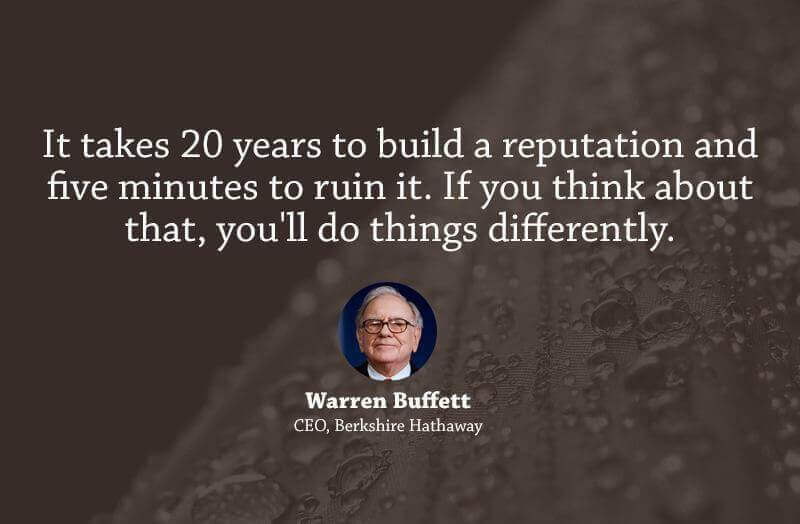

Sharing insightful quotes can do a lot to help you connect with followers.
More importantly, they are gold mines for shares. We live in a time when we see hundreds of quotes every single day. The major goals of using quotes as snackable content are to:
- Challenge the status quo.
- Provide a new perspective.
- Spark inspiration.
- Showcase expertise.
- Leave a lasting impression.
Now, these goals are not mutually exclusive. The best quotes can touch on all of them!
Short Videos for Brand Awareness
Online content (in general) is becoming more and more video-centric. Back in 2016, Mark Zuckerberg claimed that he believes most content we consume in the future will be video. Here in 2019, this prophecy has definitely held up!
These days, short videos are arguably the most popular form of snackable content.
Creating short, streamlined clips (typically between 30 seconds and five minutes) can do wonders to explain a process, product, service, mission, social responsibility, share insight, and pretty much anything else!
Whether you are showing people how to make custom shirts, explaining the best ways to approach social media management, or chiming in with your commentary on a movie/TV show, a short video is a type of snackable content that won’t be going out of style anytime soon!
The best types of videos for the snackable format include:
- Short interviews/commentary – This can be with industry thought leaders, customers, influencers, yourself, or anyone with something valuable to say. Now, even if you have longer interviews, you can break them up into shorter videos that focus on a single topic.
Sports commentator, Colin Cowherd, does this all the time on his Facebook page. He does an hour long show, but splits it up into short, bite-sized segments about each topic he discusses.
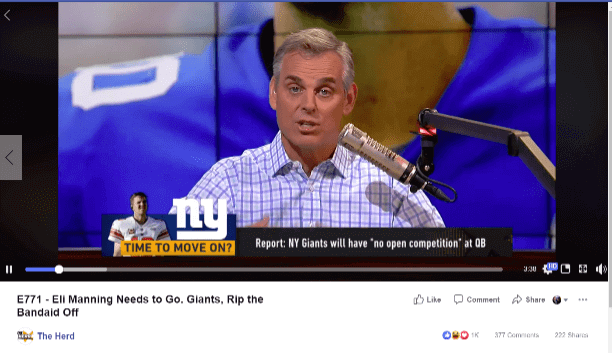
- How-To Videos – These videos are great for giving people overview knowledge on a certain topic and adding insight, as well as industry authority.
Neil Patel does an incredible job of this in how he gives marketing tips.
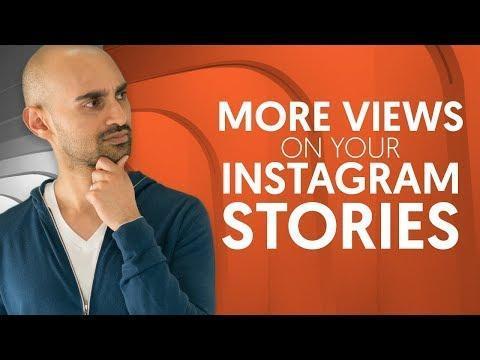
- Product Demonstrations/Introductions – While you can (and should) produce longer videos to fully showcase new products, producing a slimmed down, snackable version is a great way to highlight the key features and generate interest.
We see this tactic every time the new iPhone model comes out.
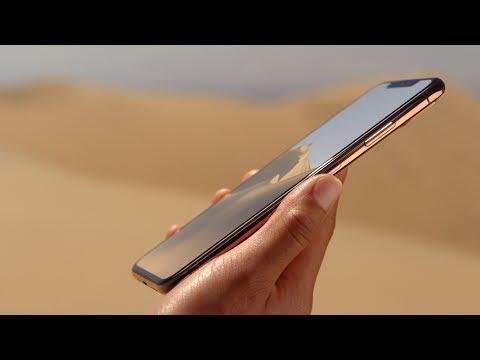
Short, easy-to-consume videos are something that just about every brand, public figure, and institution should be producing. If done properly, they can work magic to improve brand recognition and get the message across.
Short Surveys for Audience Engagement (and Research)
Interactive content is a big trend these days. In fact, more than half of marketers currently report using some form of interactive content for lead generation.
One of the best ways to approach interactive content is with short surveys.
Even before the internet and smartphones, surveys have long been a tried-and-true method of going straight to the source to gain insight from target customers.
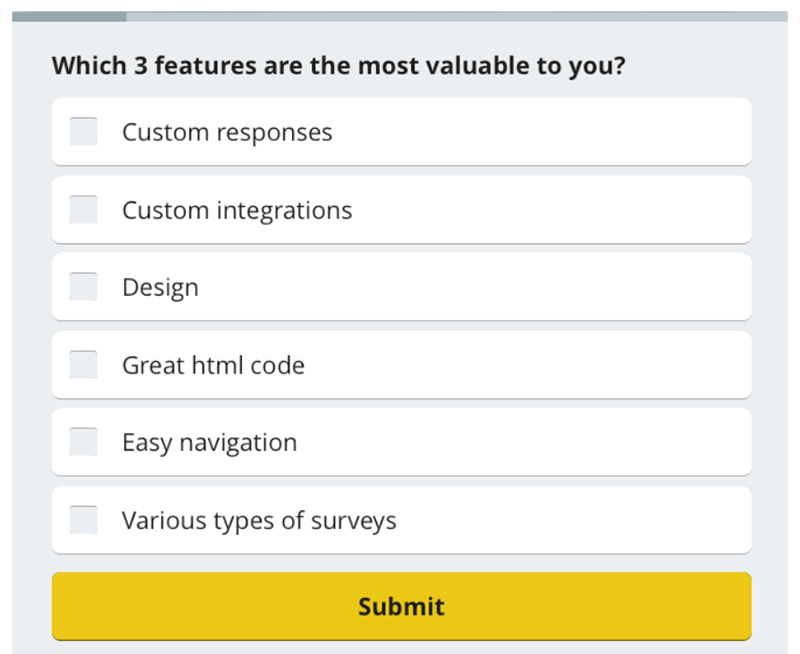
These types of quick surveys can be shared through social media, email, or even in person!
Your questions here can be about anything.
Whether it’s related to a viral topic, pain point, preference, or anything else that can be answered with a tap or click – the goal is to get first-hand insight about public perception, make improvements, provide better content, enhance the customer experience, and so on.
Thanks to the ease-of-accessibility and survey tools on the market, creating/sharing this type of snackable content is easier than ever! Even better, most are FREE!
Infographics to Condense Larger Content
Infographics are insanely versatile when it comes to visual marketing.
Generally speaking, the biggest function of infographics is to bridge the gap between long content and short content.
For example, if you have a long-form blog post, guide, or white paper, you can use an infographic to sum up all the major points and provide quick insight.
Moreover, infographics can do a lot to generate more attention and leads than longer pieces. In fact, the use of infographics in B2B marketing has skyrocketed by 65% in the last five years.
Here is a good one about creating a YouTube channel.
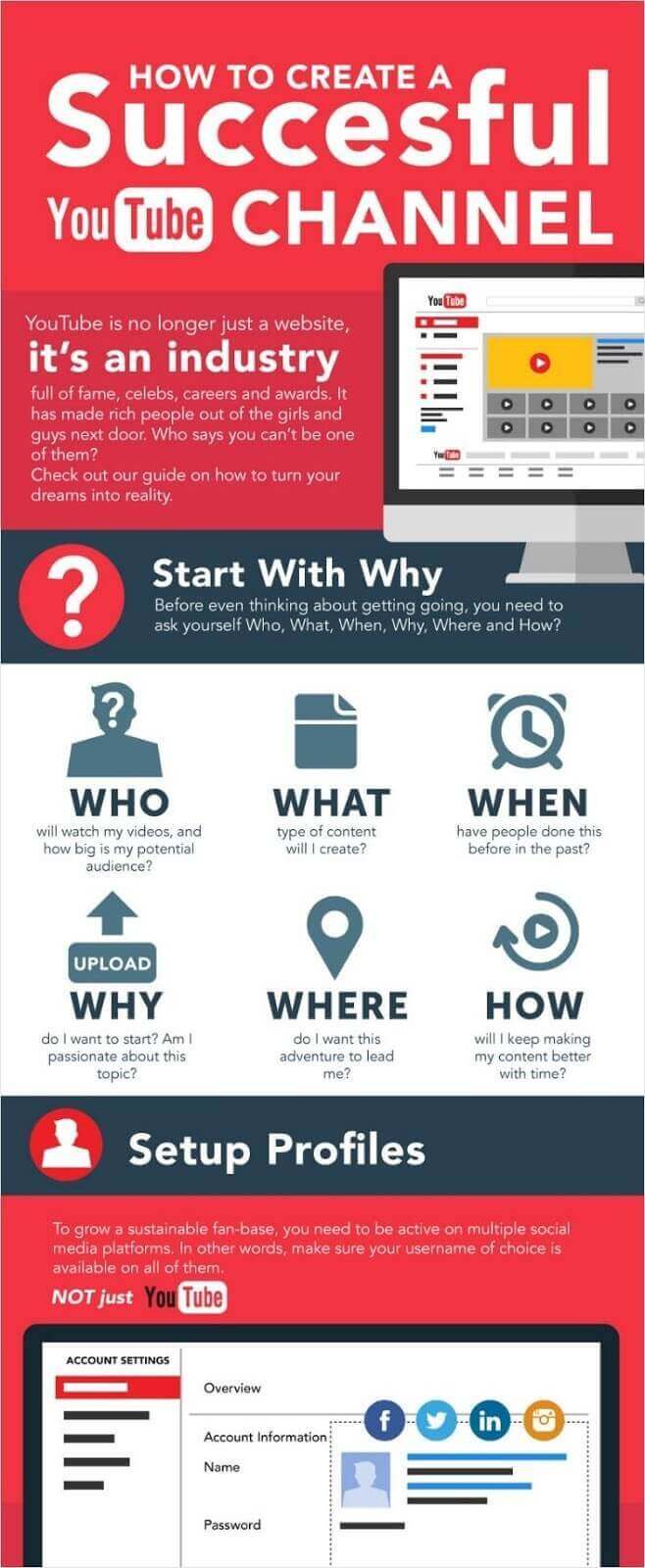
Now, the key to creating a good, snackable infographic is knowing how to condense, condense, and condense some more (but not too much).
You are going to need to go through the original, long form content and prioritize the most important information.
In the YouTube infographic, answering the Who, What, When, Why, Where, and How was deemed as the most important parts of launching a channel. Therefore, this info was placed front-and-center on the infographic.
Once you have all the important content chosen and arranged, you can add graphics to make it easier for people to consume. After all, it’s been claimed that the human mind processes images and graphics 60,000 times faster than text!
If executed properly, infographics have the keen ability to turn non-snackable content into snackable content!
Over to You
Snackable content is going to play an increasingly large role in how businesses make impressions on consumers.
Always remember, humans these days are exposed to more pieces of brand messaging than ever before. Snackable content should work to cut through this noise to capture attention, generate interest, boost engagement, and hopefully, generate leads!